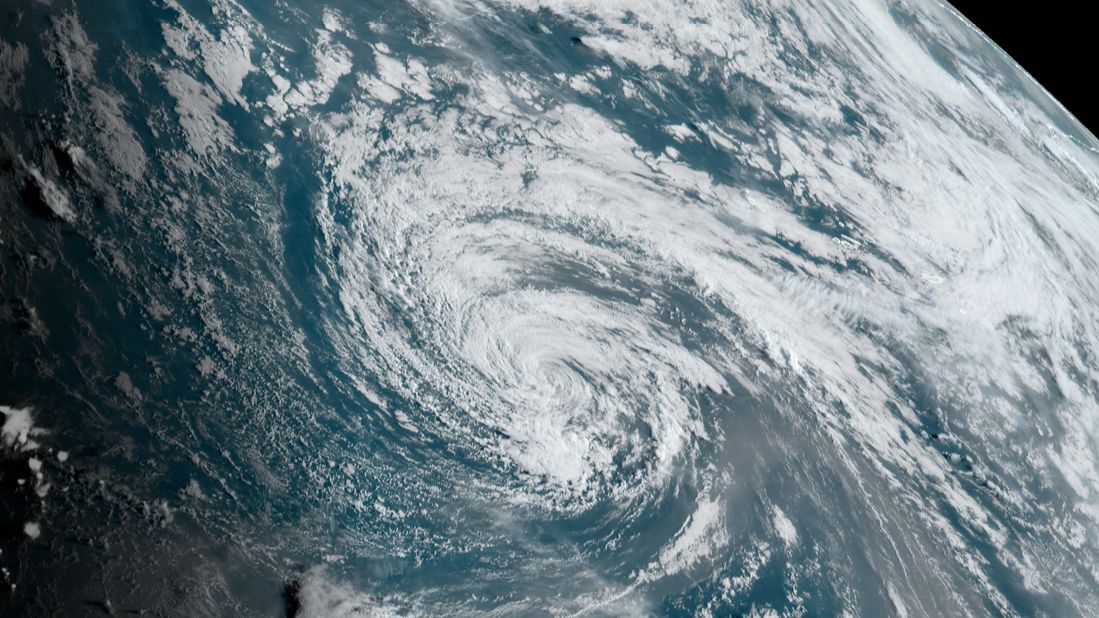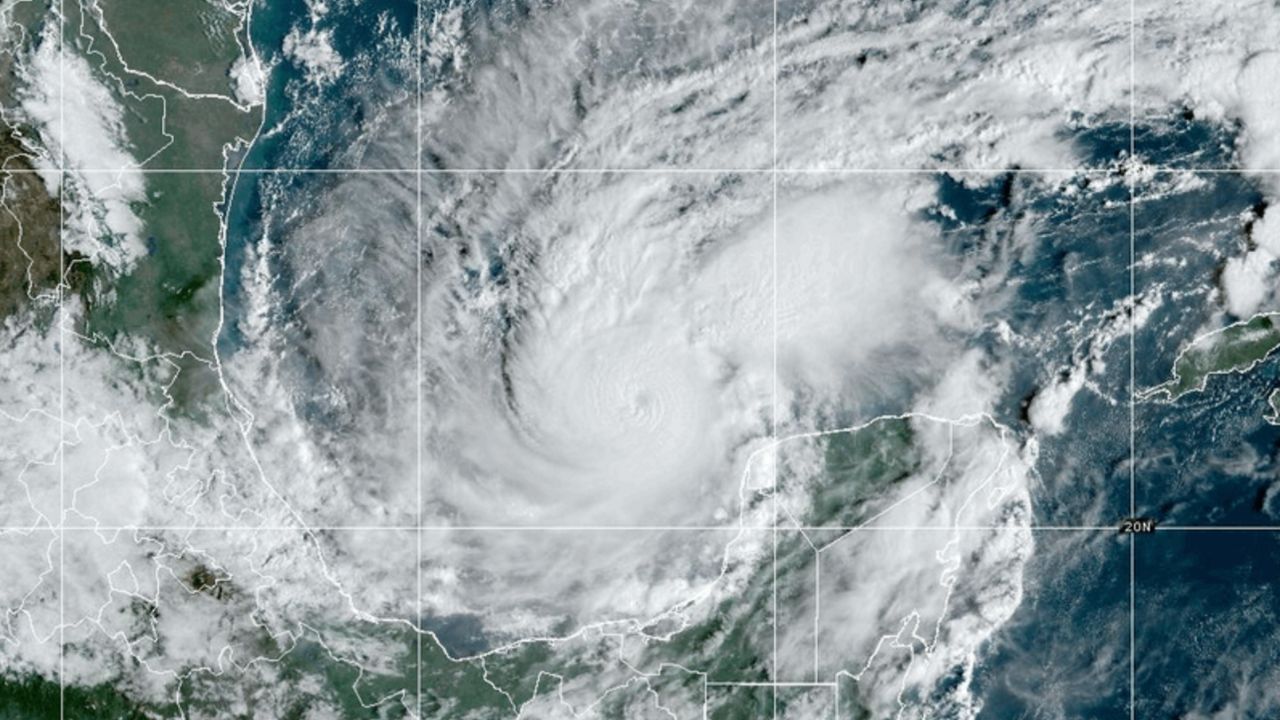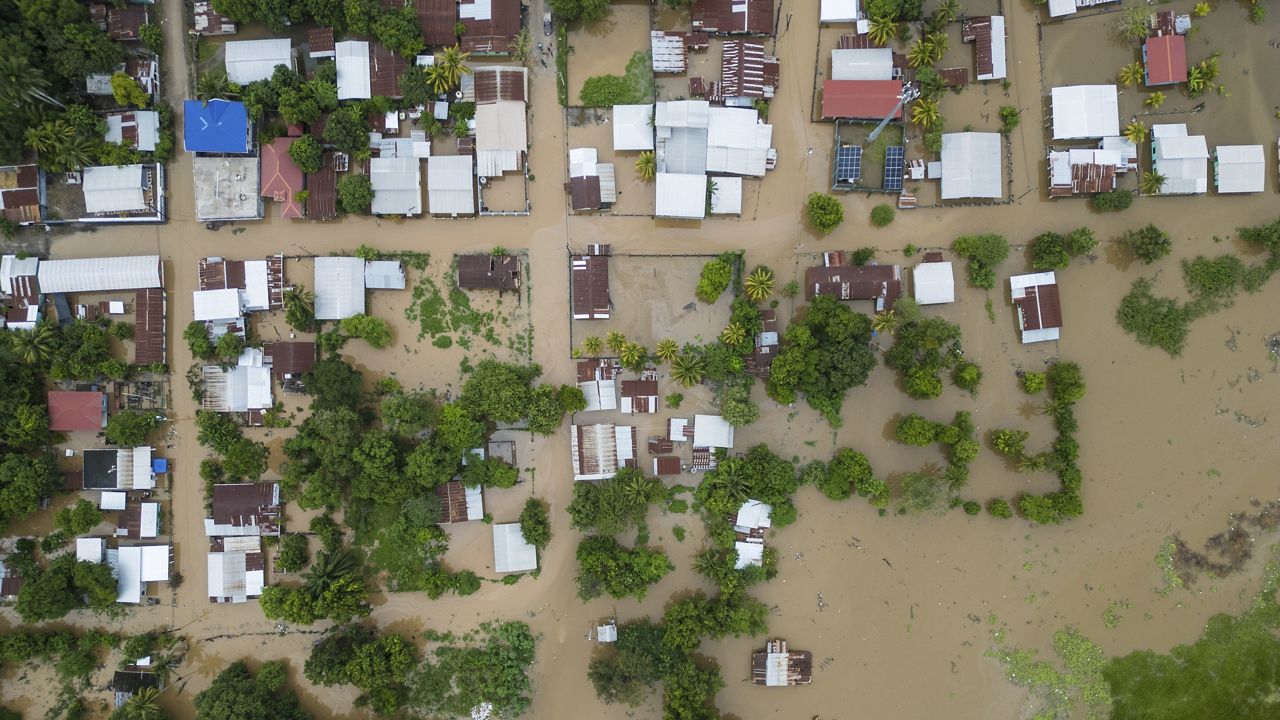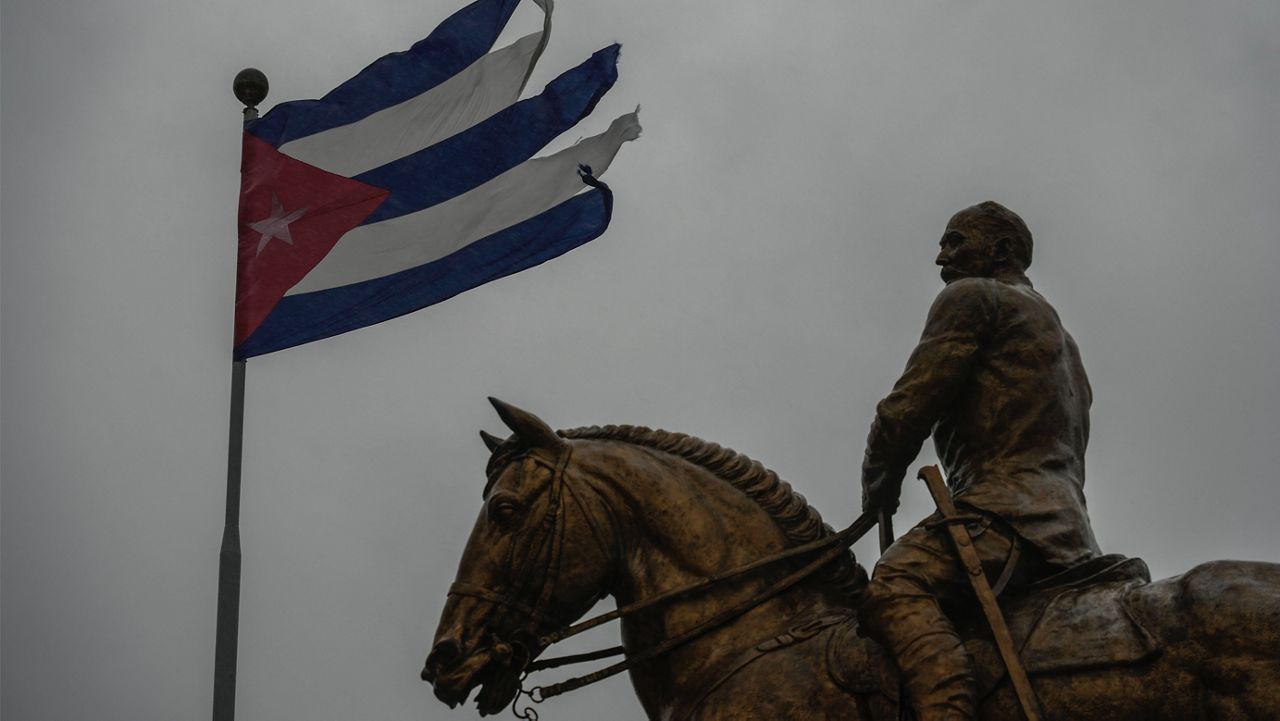Margot became the thirteenth named storm and sixth hurricane of the season. It lasted nearly ten days roaming the eastern and central Atlantic, but it never came in direct contact with land.
Margot formed over the eastern Atlantic on Sept. 7, just west of the Cape Verde Islands. The storm was slower to strengthen as it tracked toward the northwest, but finally became a hurricane on Sept. 11, soon after it took on a more northerly trajectory.
Following a decrease in forward speed, Margot gradually weakened as it meandered over the open waters of the central Atlantic. It stayed well west of the Azores.
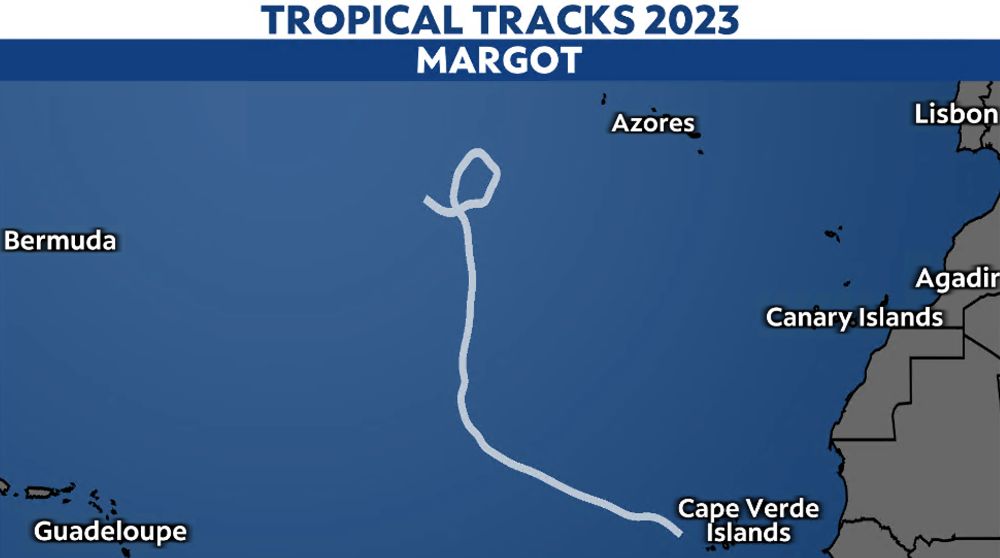
Margot was downgraded back to a tropical storm on Sept. 15, and took one final loop around itself in the two days that followed. It continued to weaken during that time as it combated wind shear and drier air and eventually became a post-tropical cyclone on Sept. 17.
The remnants of Margot will likely drift east, but should dissipate before reaching the Azores.
Aside from generating dangerous surf and rip currents to the Azores, Margot did not directly impact any land areas.
Here's a look at the 2023 Atlantic hurricane season so far.
Our team of meteorologists dives deep into the science of weather and breaks down timely weather data and information. To view more weather and climate stories, check out our weather blogs section.




